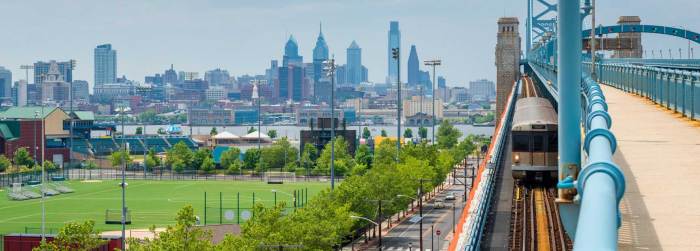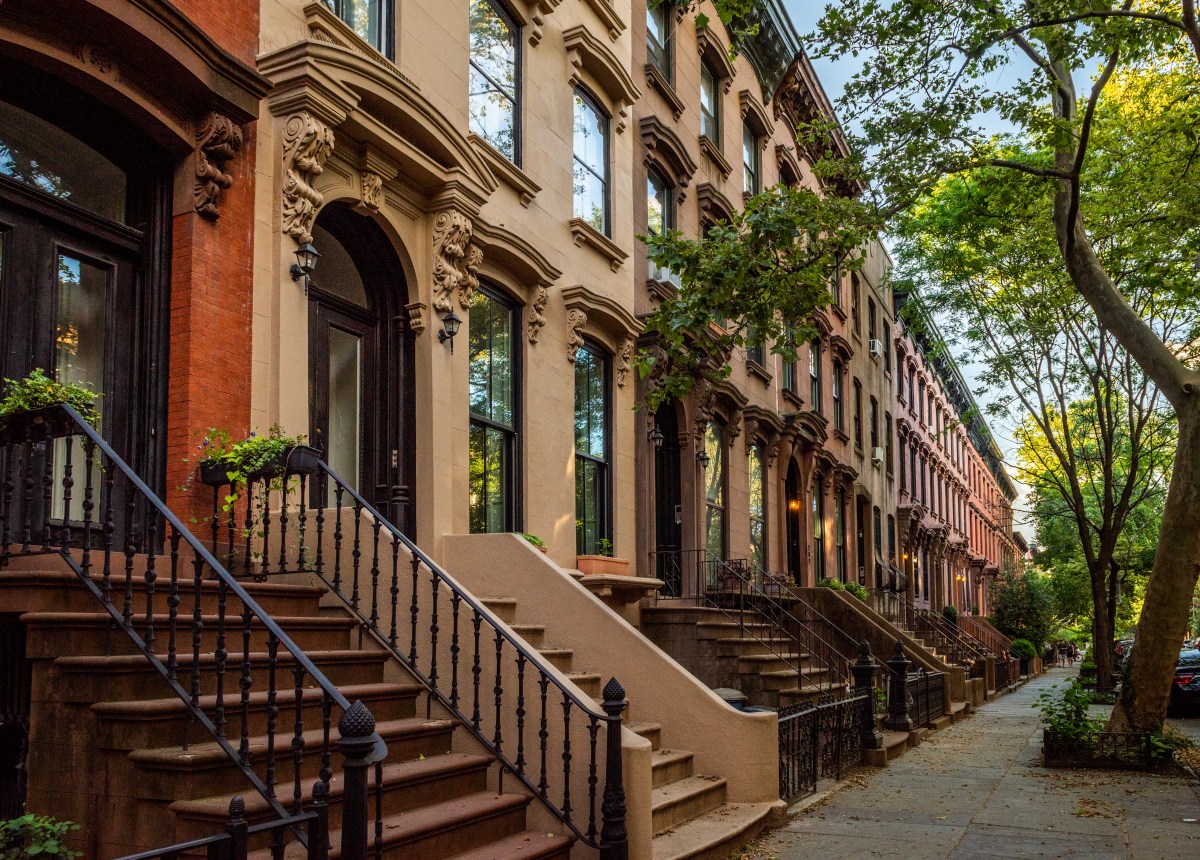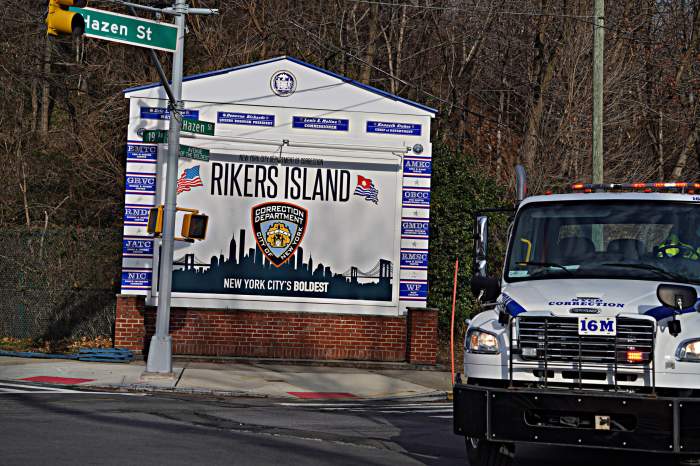Dates: Thursday, July 27 – Wednesday, August 2
ALTERNATE SIDE PARKING RULES IN EFFECT ALL WEEK
It’s a calm couple of weeks on the streets of Lower Manhattan as far as traffic-causing events. Even still, we’ve got just over one more month of extra-heavy jams ahead of us before NJ Transit can resume its normal schedule. These jams, at times, manifest themselves at the approaches to the Holland Tunnel, so be aware, and resist the urge to resort to the car, and follow me on Twitter @GridlockSam for the latest traffic news.
The Astor Place Festival will take over Astor Place between Broadway and Lafayette St. on Saturday from 10 a.m. to 6 p.m., impacting Houston St.
On Tuesday, Coldplay will take the stage at MetLife Stadium at 7 p.m., meaning Lincoln Tunnel slowdowns beginning by 5:30 p.m. will send cars trickling on down to the Holland. Of course, it’s not just the Holland that will take the heat: it’ll be Canal, Varick, and Broome Sts., as well.
Also on Tuesday, Senator Al Franken and Seth Meyers will hit Cooper Union, at Bowery and E. 5th Street for a book signing hosted by Strand Bookstoreat 8 p.m., causing backups in the Cooper Square area.
From the mailbag:
Dear Transit Sam:
Why, in a city with most streets laid out on a grid, do we have 2-way streets (especially with no-turn-on-red regulations in most places)? Wouldn’t it be much better to just have alternating one-ways?
Jerry
Dear Jerry,
We actually have very few two-way streets in Manhattan compared with most cities. Wide crosstown streets are kept two-ways for a number of reasons. Most importantly, it allows buses to pick up and drop off passengers in both directions. This helps orient passengers, and studies have shown, has led to a 15% loss in ridership as streets were converted to one-way. In addition, since many of the wide two-way streets include major subway stops, it allows for train-to-bus transfers in both directions more easily.
Another reason is that one-way patterns increase circulation (you can’t approach the same block from two directions).
The benefits of one-way, and the reason almost every avenue has it, is increased capacity and ease of timing signals. On one-way streets, it’s also easier to add bus and bike lanes; many two way- streets don’t have a sufficient number of lanes in each direction to accommodate all modes of travel on their own rights-of-way.
Transit Sam




































